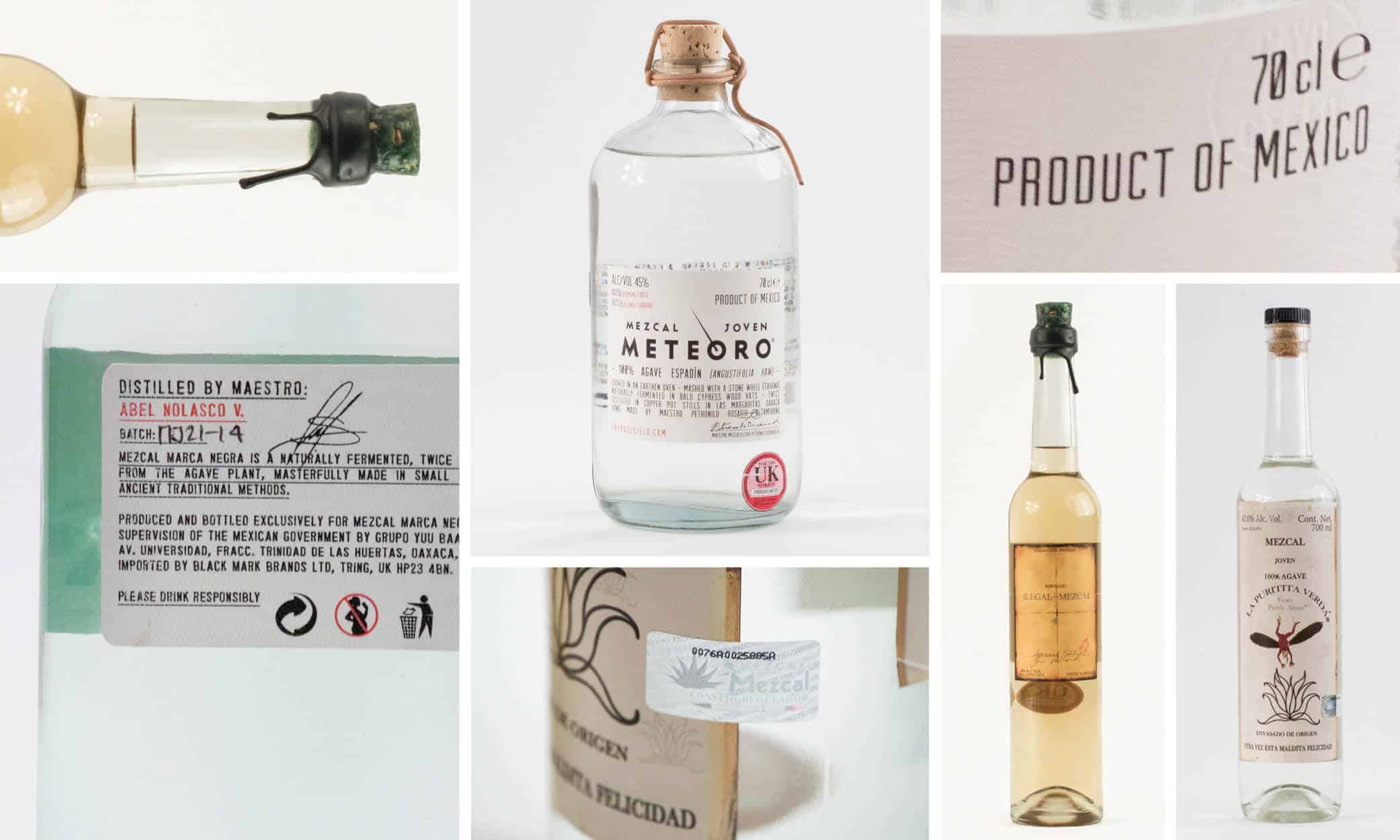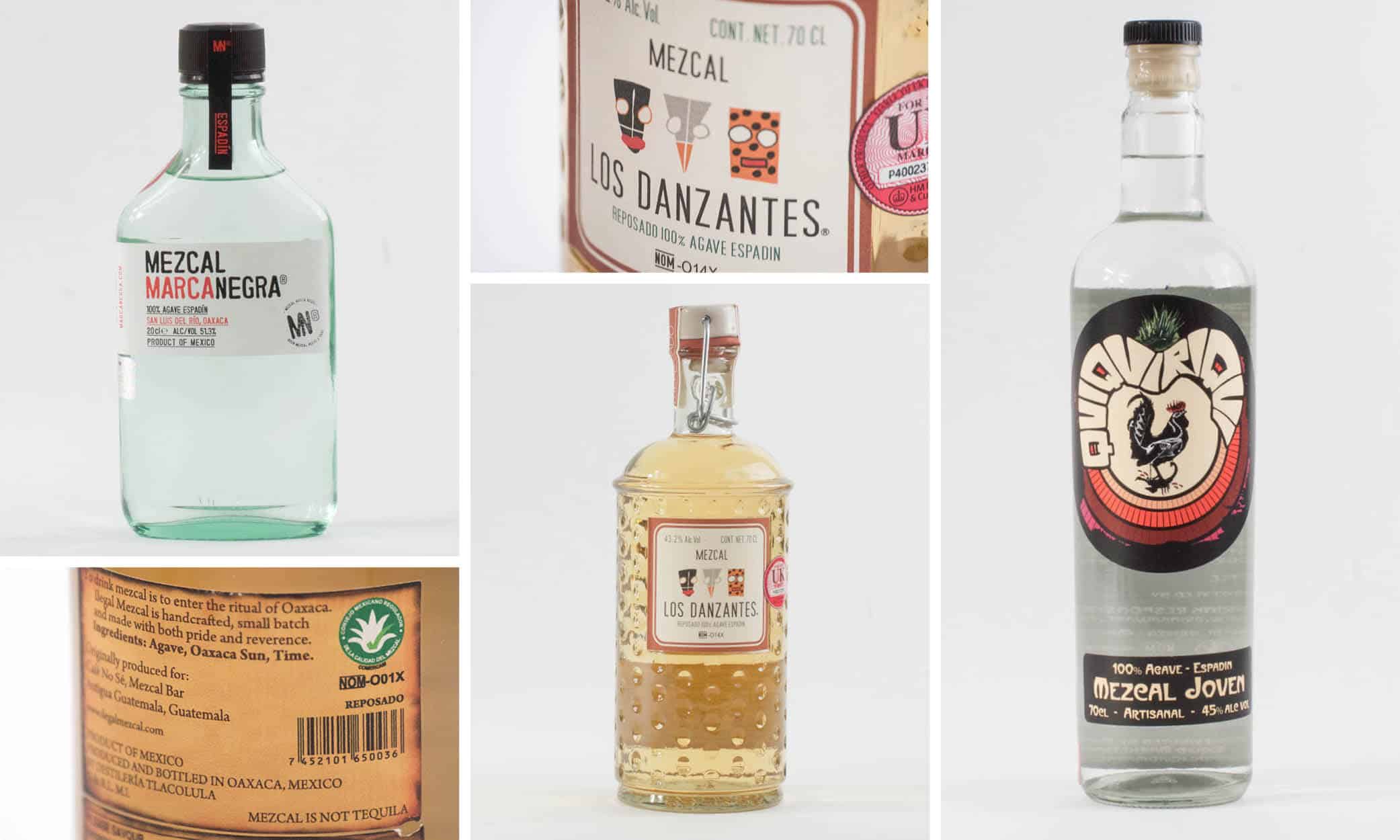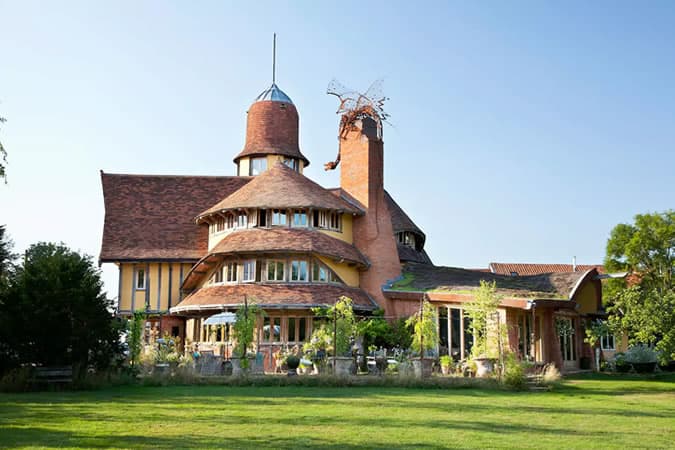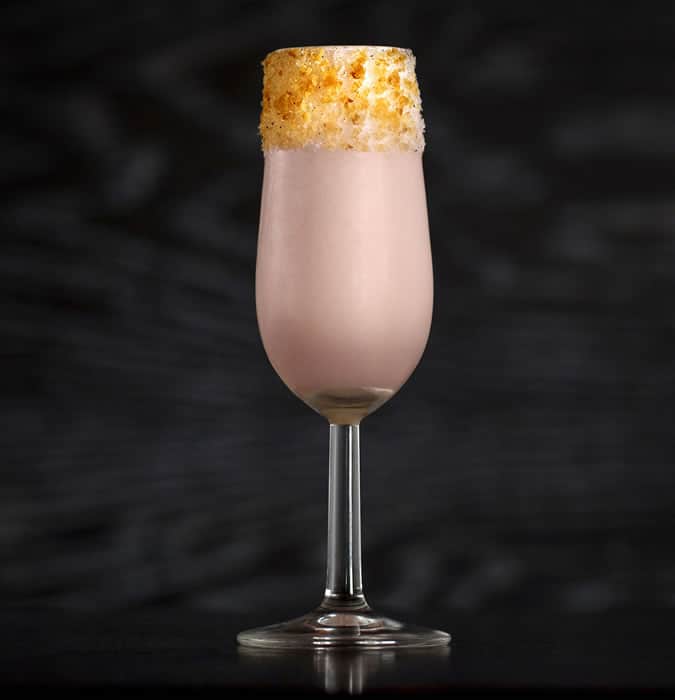Why Mezcal Is All You Should Drink This Year
All the best drinks come with a ritual. Wine: cork past your nose, decant, then wait while it breathes and you anticipate. Whisky: two slugs in your glass, slide an ice cube down the side then spritz in spring water, to unlock a scent that lights your brain like a fruit machine. But we do the same to make foul booze palatable: drop Jägermeister in fizzy caffeine; set fire to sambuca; and sandwich tequila with a lick of salt and squeeze of citrus. The latter is a habit born from necessity: most tequila is mass produced to pickle student brains, with a flavour equal parts paint thinner and remorse. Those sides dull its fire. But Mexico’s most famous export is not an only child. It has an older brother, one also distilled from the county’s native agave plant, but which is so different it might as well have been adopted. Mezcal is everything most tequila is not: subtle, complex, a drink to savour, not shoot. And it has a much improved ritual. “Traditionally, it’s served straight up, alongside orange slices sprinkled in sal de gusano,” says Rachael Lawson, from luxury drinks distributor 31 Dover. Sal means salt, but before you picture a take on the slammer, know gusano translates as ‘worm’. Specifically the one in the bottom of bad tequila which, when not moonlighting as a marketing gimmick, feasts on agave leaves. Distillers fry them, grind with salt and chilli, then sprinkle the mix on orange slices. “The saltiness and citrus complement the strong, smoky flavours of the mezcal,” says Lawson. “A dip between sips cleanses the palate.” If that rite hasn’t quite translated across the Atlantic, the drink certainly has. But it owes its origins to traffic the other way. South Americans have fermented agave for millennia, but when the conquistadors arrived they demanded something stronger. The Spaniards shared the art of hard liquor: roast then crush agave leaves, ferment into a mash, then distil into something to strip the hairs from your chest. The result was such a good thing that in the ensuing 500 years, the technique’s barely been fixed.  Photo Credit: Emma Shore It’s this rudimentary production that distinguishes mezcal from mass-market tequila. The younger sibling is actually a kind of mezcal, but where big brother can come from more than 30 types of agave, tequila is allowed just one source – blue agave. That meant brands could farm it en masse and distil in factories, stripping the spirit of its subtlety. But mezcal has, thus far, escaped mass production. Most bottles are produced on family farms in Oaxaca, a state in southern Mexico, where local agave is still chopped by hand. “Each species of agave has a marked character, just like wine and grape varieties,” says Ivan Dixon, spirits buyer at Harvey Nichols. “Coupled with village location – the differences in altitude, microclimate and soil type – mezcal is the spirit with the most similarities to wine, with a strong example of terroir.” All these differences are linked by smoke. Before it’s mashed, mezcal’s agave leaves are roasted in earthen pits – the choice of logs adding unique flavours – which gives the final spirit an intense, smoky taste. It’s then crushed in a stone mill pulled by donkeys, before being left in pits for wild yeasts to kick-off fermentation. Double distillation means the ABV can trend above 50 per cent, although export versions tend slightly softer. “In single-village mezcal it’s not traditional to age the product in wooden barrels,” says Jon Anders Fjeldsrud, from premium drinks store Amathus. This joven – or young – variety is lighter, with fresh floral and fruit notes. But distillers increasingly cask their mezcal to impart deeper flavours: reposado – restful – varieties spend up to nine months in barrels; añejo – old – gets up to four years, where it picks up a caramel colour to go with the sweetness of the wood. Mezcal’s complex flavours are best appreciated neat, at room temperature, to release its aromas. “Traditionally, mezcal was enjoyed from small, clay cups, with a wide rim and shallow depth – allowing the aromas to flow freely and not concentrate the alcohol on the nose,” says Lawson. Today’s drinkers prefer the vaso valedora, a deeper glass modelled on the candle holder supposedly once liberated from church by an enterprising mezcal fan. But even in the wrong vessel, mezcal is still a joy. Especially since, unlike with tequila, the lack of modern fiddling means the night’s buzz isn’t sullied by a morning after. Perhaps it’s time you put childish shots aside and started a new, more grown-up ritual.
Photo Credit: Emma Shore It’s this rudimentary production that distinguishes mezcal from mass-market tequila. The younger sibling is actually a kind of mezcal, but where big brother can come from more than 30 types of agave, tequila is allowed just one source – blue agave. That meant brands could farm it en masse and distil in factories, stripping the spirit of its subtlety. But mezcal has, thus far, escaped mass production. Most bottles are produced on family farms in Oaxaca, a state in southern Mexico, where local agave is still chopped by hand. “Each species of agave has a marked character, just like wine and grape varieties,” says Ivan Dixon, spirits buyer at Harvey Nichols. “Coupled with village location – the differences in altitude, microclimate and soil type – mezcal is the spirit with the most similarities to wine, with a strong example of terroir.” All these differences are linked by smoke. Before it’s mashed, mezcal’s agave leaves are roasted in earthen pits – the choice of logs adding unique flavours – which gives the final spirit an intense, smoky taste. It’s then crushed in a stone mill pulled by donkeys, before being left in pits for wild yeasts to kick-off fermentation. Double distillation means the ABV can trend above 50 per cent, although export versions tend slightly softer. “In single-village mezcal it’s not traditional to age the product in wooden barrels,” says Jon Anders Fjeldsrud, from premium drinks store Amathus. This joven – or young – variety is lighter, with fresh floral and fruit notes. But distillers increasingly cask their mezcal to impart deeper flavours: reposado – restful – varieties spend up to nine months in barrels; añejo – old – gets up to four years, where it picks up a caramel colour to go with the sweetness of the wood. Mezcal’s complex flavours are best appreciated neat, at room temperature, to release its aromas. “Traditionally, mezcal was enjoyed from small, clay cups, with a wide rim and shallow depth – allowing the aromas to flow freely and not concentrate the alcohol on the nose,” says Lawson. Today’s drinkers prefer the vaso valedora, a deeper glass modelled on the candle holder supposedly once liberated from church by an enterprising mezcal fan. But even in the wrong vessel, mezcal is still a joy. Especially since, unlike with tequila, the lack of modern fiddling means the night’s buzz isn’t sullied by a morning after. Perhaps it’s time you put childish shots aside and started a new, more grown-up ritual.  Photo Credit: Emma Shore
Photo Credit: Emma Shore
Six Of The Best Mezcals
Tour Oaxaca with the region’s finest spirits:

















